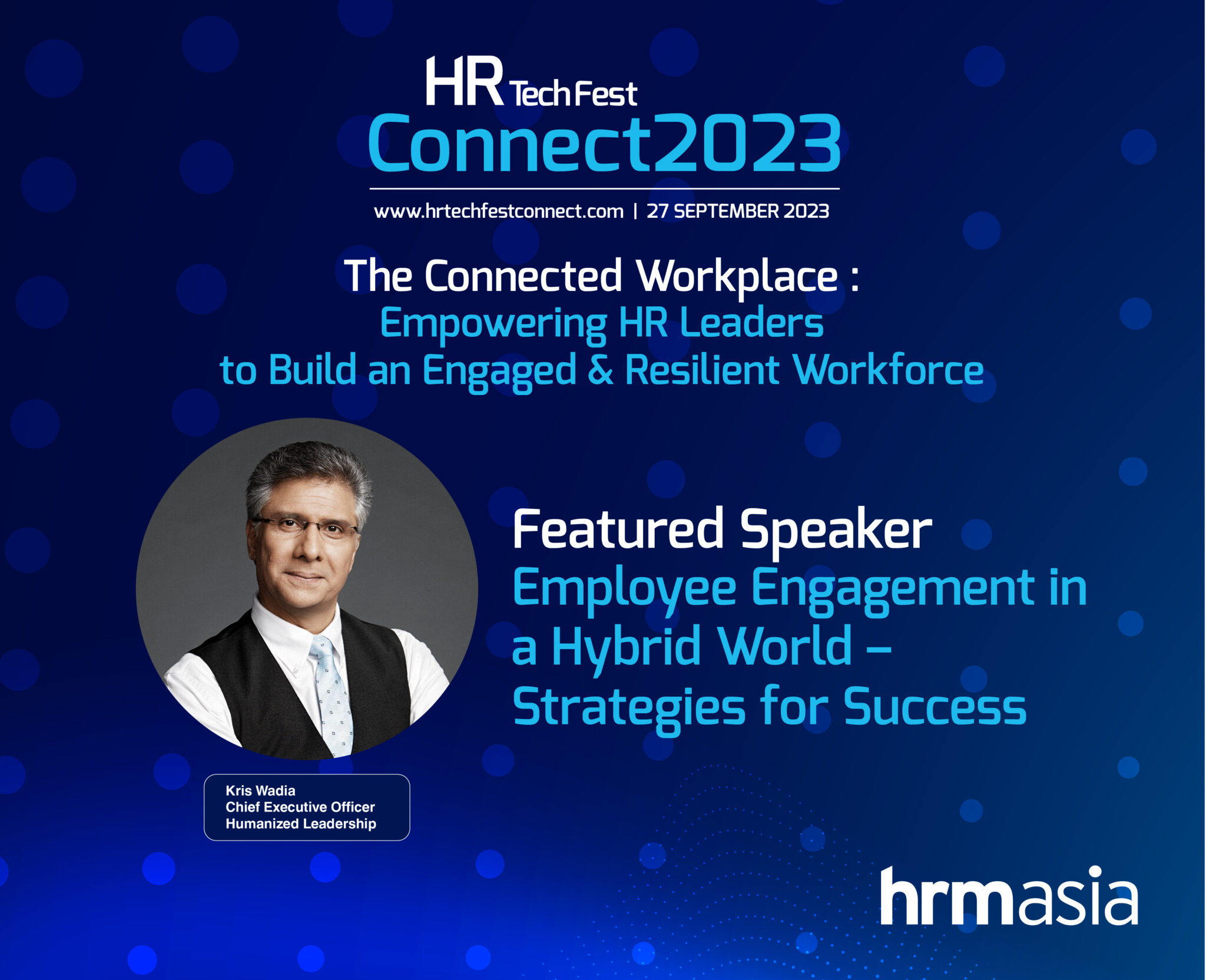Employee engagement in hybrid world: Strategies for success
- HRM Asia Newsroom

The benefits of engaged employees are well documented. Increased productivity, greater profitability, reduced attrition and more.
Opinions differ as to how this is to be achieved, especially as the variables include, but are not limited to, the demographic composition of the workforce; nature of the activities being undertaken; degree of hybrid working; cross-cultural constraints; and the profitability of the business.
This article proposes a ‘back to basics’ approach – both Tactical and Strategic – to improve the chances of success of an employee engagement programme.
Let’s begin with the Tactical. When rolling out such a programme, the focus is typically on the creativity of the solution and seeking the necessary internal approvals to get it launched. Unfortunately, only limited time, attention and budget are allocated to the mechanics of how the programme will operate in the field. As a result, multiple failures occur, followed by waves of unproductive finger-pointing and expensive fixes.
All of these could have been avoided by asking execution-related questions at the design stage.
To improve your results, try these top five questions that always keep the needs of participants in mind:
- How will they know the programme exists? How will it be communicated? How often? Are the benefits crystal clear?
- Which representative sample of employees should we engage to identify and meet the ‘real’ needs of potential participants?
- Have we ensured that everyone has the tools and WiFi needed to access the programme, regardless of whether they work from the office, home, or hybrid?
- Will participants be afraid to engage because they fear repercussions for not providing the ‘right’ answers?
- How will the programme publicly celebrate both individual and team success to increase motivation and excitement?
Having minimised the avoidable errors at an operational level, it is time to consider the Strategic perspective.
This requires a significant mindset shift.
All too often, employee engagement is assumed to be:
- The exclusive responsibility of the HR department
- A standalone initiative
- Something to be deployed only when people-related targets are not being met
For measurable and durable success, re-frame employee engagement as:
- The responsibility of every individual in the company in a supervisory capacity
- Willingly owned from the C-suite to the junior-most team leader
- Having touch points during every phase of the employee life cycle
- Supported by efficient processes accessible from home, office or hybrid
- Using technology to inspire and drive progress
Consequently, programme creators will need to embed employee engagement across:
- Recruitment
- Onboarding
- Learning and development
- Performance management
- Workforce optimisation
- Employee wellbeing
- Communication strategies
- Corporate culture development
Specialist consultancies can assist with implementing the recommended solutions, supported by a Programme Management Office that guides the employee engagement programme to a successful outcome.
Take recruitment, for example.
It stands to reason that better inputs during talent identification will result in better outputs from an employee engagement programme, particularly if the individuals being sourced have a track record of consultative behaviour and energising leadership of teams.
According to Prems Srampical, Founder of White Crow, a global research-led sourcing provider, “a Talent Reputation Study could separate the individuals who are highly rated by their peers, managers and clients from those that are best avoided.”
READ MORE: Driving successful employee engagement in a hybrid world
Technology, too, has a role to play that goes far beyond mechanistically recording participants’ activities.
As Prithvi Singh Shergill, Group CEO of Entomo explained, “continuous real-time feedback, personalised insights that guide participants to the right decisions and automated pulse surveys are proven devices for improving employee engagement within a people experience platform.”
So, what is the first step?
Consider running a design workshop, integrating the Tactical and Strategic recommendations, preferably moderated by an experienced practitioner. The resulting fit-for-purpose employee engagement programme, when executed correctly, would deliver a significant return on both human and financial capital in today’s hybrid world.
About the author: Kris Wadia is the CEO of Humanized Leadership, a human capital consultancy. He focuses on putting human beings, not processes or technology, at the core of any business that wishes to be successful. Join Wadia at HR Tech Fest Connect 2023, where his session, titled Employee Engagement in a Hybrid World – Strategies for Success, will provide more insights into proven tactics and strategies for improving an organisation’s bottom line by motivating employees and making them more productive.






